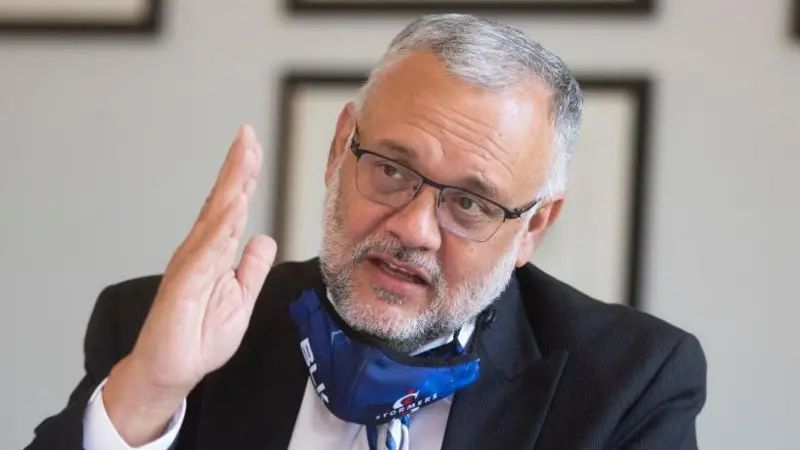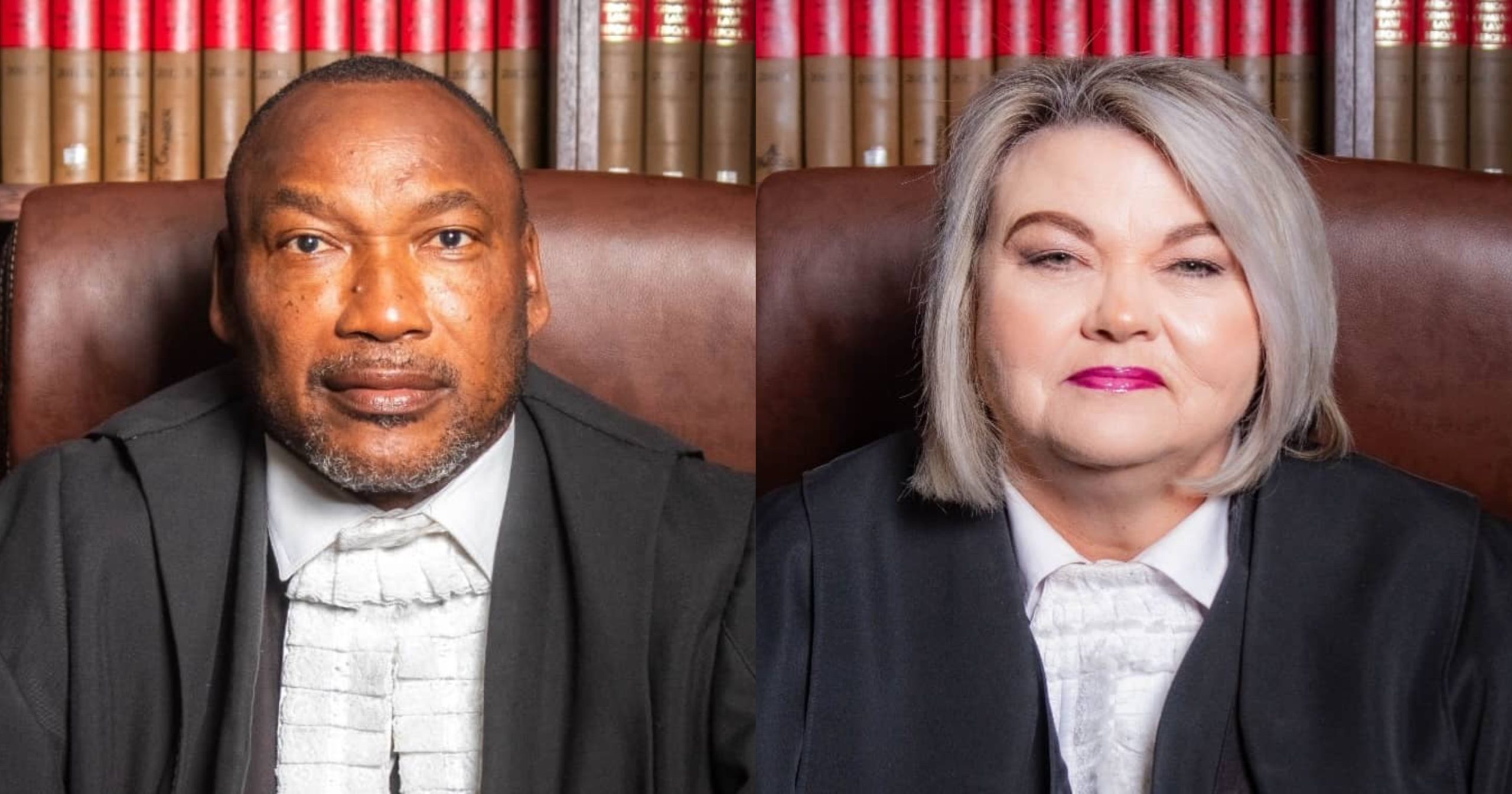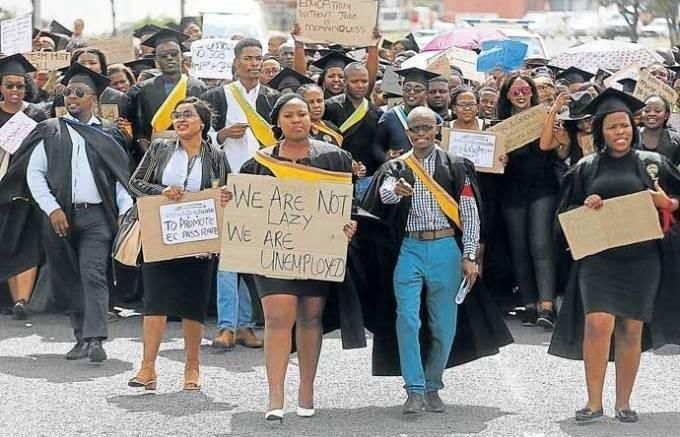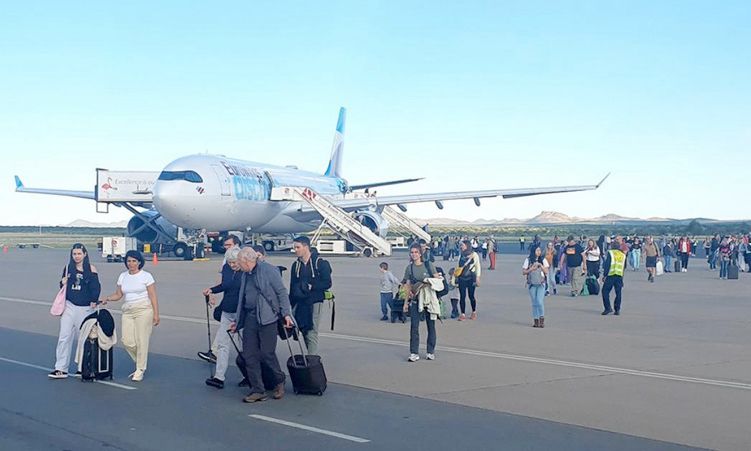Providing a space to celebrate Namibian musical heritage, the Museum of Namibian Music (Munamu), located in the heart of Omuthiya in the Oshikoto region, was launched recently with the aim to be an “organic space” that will continue changing and growing over time.
Developed through funding from the European Union, the Museums Association of Namibia (MAN) and the Ministry of Education, Arts and Culture hosted the virtual launch featuring performances by KP Illest, Rose Blvc and the Waapandula Cultural Group.
Oshikoto governer Penda ya Ndakolo highlighted the museum’s unique location close to major attractions such as Etosha National Park and natural heritage sites like Lake Oshikoto.
“I believe culture can be used to drive economic development,” said Ya Ndakolo, who pointed out the potential for future expansion on the large plot of open land sitting alongside the museum which could be used to facilitate music education as well as house a recording studio and a venue for concerts.
MAN chairperson Nehoa Kautondokwa said many Namibians have never visited a museum other than on school tours. As such, they conducted research on young people that revealed they were interested in displays covering issues such as fashion and music, and issues such as gender-based violence and the environment.
She said museums should not be viewed as a fixed collection of artefacts put on display but a place that encourages constant interaction and discussion.
“I don’t want visitors to come back in 30 years to find the same objects and displays,” she said while pointing out that although the space was not large enough to feature every single well-known Namibian musician, they will strive to engage different communities to feature a diverse range of musical forms from church choirs to heavy rock music.
Kautondokwa paid tribute to the late professor Minette Mans, who played a major role in establishing musicology – the study of musical heritage as a subject at the University of Namibia (Unam) – and was the first to donate a small collection of traditional musical instruments to the musuem.
The education, arts and culture ministry’s director of heritage and cultural programmes, Esther Moombolah-Goagoses, said ancestral music knowledge and skill, like the memory of a style of dance passed down through generations, has been recognised by Unesco as a globally important form of intangible cultural heritage.
While colonialism and apartheid suppressed much of Namibia’s early musical expression leaving limited information and records, education director of arts M’Kariko Amagulu said Munamu managed to gather records and exhibits from various indigenous Namibian artists such as Tate Kwela, the Mighty Dreads, Ugly Creatures, People’s Choice, Willie Mbuende, Ras Sheehama and Jackson Kaujeua, across genres such as Oviritje, Ma /Gaisa and Shambo alongside Namibian choral music, liberation struggle music from Ndilimani Cultural Troupe, Namibian dance, kwaito and urban beats.
EU ambassador Sinikka Antila highlighted the opportunity offered by the museum for young people to learn about traditional musical instruments as well as the cultural significance of music and dance.
Education deputy minister Faustina Caley said the museum’s seven galleries covered topics such as traditional music knowledge, liberation struggle music, national anthems, recent winners of the Namibian Annual Music Awards, Namibian musical icons, music and dance, and included a space for temporary and travelling exhibitions.
She emphasised that updates to the museum’s displays would depend on donations and contributions from the public in the form of old photos, instruments and costumes for documenting and safeguarding.
The museum will be a place of music and Munamu administrator Ester Leonard says the keyboard, marimba and a selection of handmade Namibian guitars were there to be played.
The museum was touted as a place of curiousity and wonder by Oshikoto region cultural officer Elina Hamunyela who believes it is where the legacy of traditional and contemporary Namibian music can be passed to future generations.
Oshikoto education director Aletta Eises said the museum was a concrete indication of the progressive and visionary steps at decentralisation taken by the government.
“I believe the model demonstrates the potential of arts and culture. The museum’s clear intention is to become an educational resource. Music is an art that reflects imagination and communication and encourages learners to be creative, which is a key skill in the fourth Industrial Revolution,” Eises said.
Finally MAN operations manager Ndapewoshali Ashipala thanked various stakeholders who worked with the ministry such as schools, the NBC, the National Archives of Namibia, Unam, the College of the Arts and individuals to make the museum a reality.
Stay informed with The Namibian – your source for credible journalism. Get in-depth reporting and opinions for
only N$85 a month. Invest in journalism, invest in democracy –
Subscribe Now!










